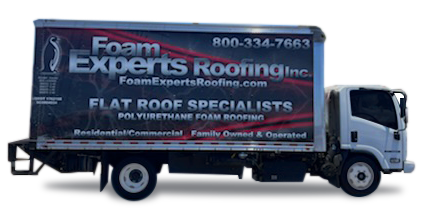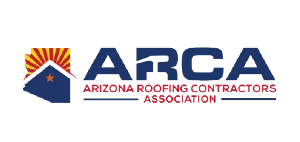When used properly, foam roofing can last for more than 25 years. Proper maintenance ensures that the roof will continue to provide years of service to the building below. If you’re considering installing a foam roof, here are some questions to ask yourself. Also, be sure to learn the pros and cons of this environmentally friendly material.
Benefits of foam roofing
Foam roofing is a great option for new or replacement roofs. Its monolithic structure eliminates seams and joints, making the roof leakproof. This material is lightweight and easy to install. It also offers significant energy savings because it requires minimal maintenance. Another benefit of foam roofing is its low price.
This type of roofing provides excellent insulation for buildings, and has a high R-Value. It is resistant to solar heat and cold, reducing energy costs and reducing the workload on HVAC systems. It can also deflect the sun’s UV rays, which helps keep internal temperatures warm while keeping outside air out.
Cost of foam roofing
While foam roofing may initially seem to be a bit more expensive than traditional roofing, it will end up being a more cost-effective option over the long run. The lifespan of a foam roof is anywhere from 20 to 50 years, and the cost of a recoat is only a fraction of the original cost. It is also a good choice for those who want to keep their roof looking great without the high upfront cost.
The cost of a foam roof installation will vary depending on the square footage of your roof, the options chosen, and the density of the foam. If you live in a place with extreme climates, you’ll want a high-density foam roof with a high R-value.
Environmental impact of foam roofing
There is a growing concern about the environmental impact of foam roofing, especially in commercial applications. Despite its many benefits, it is important to remember that the widespread use of foam in commercial applications can be problematic. Most roofing companies discard the entire mass of insulation when they replace a roof, which continues to release CFCs into the atmosphere. Although HCFC foams are less harmful to the environment than CFC-based foams, the impact remains significant.
The environmental benefits of foam roofing include energy savings and reduced carbon footprint. However, foam roofing contractors are often required to remove the saturated insulation, which contributes to the building’s landfill. Using an infrared camera, contractors can determine which roofs are saturated.
Health risks of foam roofing
If you are considering a foam roofing system for your home or business, there are some factors that you should know about. First of all, there are potential health risks related to this type of roofing material. In addition to this, you should have your foam roof inspected regularly to make sure the foam layer is intact and protecting your building.
The exposure to the harmful fumes from spray foam roofing can be dangerous, so you should hire a professional to do the installation. Foam roofing materials are flammable and can cause respiratory problems if inhaled in large quantities. It’s also vital that you protect your skin by wearing protective gear.















